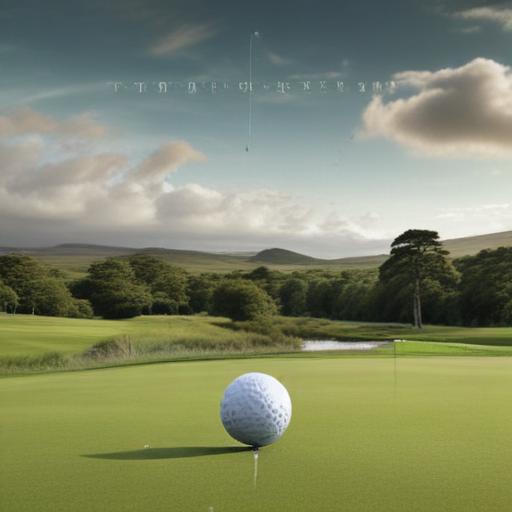President Trump is set to visit Scotland for a four-day private trip starting on Friday, marking his first return to the U.K. since being re-elected. His itinerary includes a meeting with Prime Minister Keir Starmer towards the end of his visit to discuss trade, along with the opening of a new golf course at Trump International Golf Links.
Nestled along Scotland’s rugged northeast coast, the Trump golf course is known for its breathtaking scenery, which is part of why Trump purchased the land over a decade ago with the vision of transforming it into a premier golfing destination. However, the course’s establishment has drawn mixed reactions from the local community.
David Milne, a longtime resident of the area, has expressed dissatisfaction with the changes brought about by the development, stating that the landscape, once untouched, has now been transformed into a golf course. He recalls how the pristine environment attracted him to the area two decades ago. Trump had previously shown interest in purchasing Milne’s property, which Milne declined, leading to a strained relationship.
Milne emphasizes the deep connection Scottish people have with the land, framing it as integral to their identity rather than merely a financial asset. He stated, “Land is what Scotland is. It is where we come from, and where we go back to.”
Trump’s visit is filled with personal significance as well; his mother, born Mary Anne MacLeod, hailed from the Hebridean island of Lewis, and he has dedicated one of his courses in Aberdeenshire to her memory.
Past visits by Trump have been met with protests, and local activist Tommy Campbell plans to organize another demonstration during this trip, expressing discontent with Trump’s political views and their contradictions with local values. A recent poll indicated that approximately 70% of Scots hold an unfavorable opinion of Trump, with some community members reminiscing about the negative impact of Trump’s treatment of neighbors.
Nonetheless, the golf course has created over 80 jobs and is recognized for its economic benefits to the surrounding area. A local golfer noted the positive aspects of Trump’s business ventures, suggesting that while protests are valid, the golf course itself should remain a space for enjoyment and recreation.
As the visit unfolds, it highlights the contrasting sentiments within the community, reflecting both the economic contributions of Trump’s enterprise and the deeper emotional ties that residents have to their land. The situation serves as a reminder of the complex relationship between local development and national politics, illustrating how deeply personal perspectives can shape public opinion.
